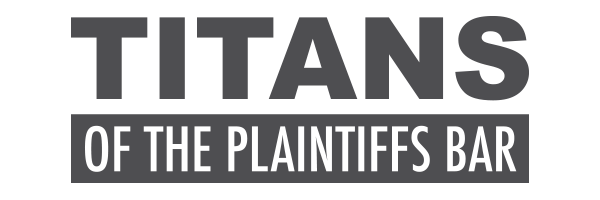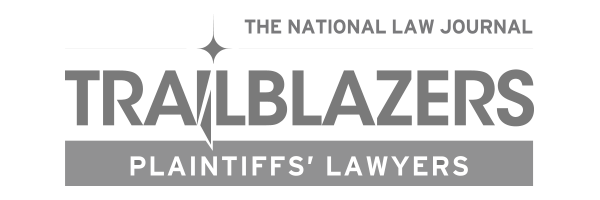Execution Error: The Technical Glitch at Snap That Triggered a Class Action
 In the world of digital advertising, a company’s success is determined not just by user numbers, but by the invisible engines running beneath the surface: its ad technology, its algorithms, and the reliability of its platform. For tech giants like Snap Inc. (NYSE: SNAP), the owner of visual messaging application Snapchat, the ad platform is one of the most critical drivers of revenue.
In the world of digital advertising, a company’s success is determined not just by user numbers, but by the invisible engines running beneath the surface: its ad technology, its algorithms, and the reliability of its platform. For tech giants like Snap Inc. (NYSE: SNAP), the owner of visual messaging application Snapchat, the ad platform is one of the most critical drivers of revenue.
For months leading up to the summer of 2025, Snap and its senior executives provided positive statements to investors, attributing its revenue growth to “the progress we have made with our advertising platform,” “including larger and fresher models and better signal utilization.” The narrative was well-received by investors, as Snap’s stock skyrocketed to $10.35 per share on July 22.
But a new federal securities class action lawsuit alleges that this perception of ad platform improvements was deeply misleading, and that beneath the surface, a major operational error in the ad platform was already impacting the company’s financial performance.
The Allegations: A Glitch That Cost Millions
The lawsuit, filed in the Central District of California on behalf of investors who purchased or acquired Snap securities during the Class Period of April 29, 2025, and August 5, 2025, alleges there was a massive disparity between what the company told investors and what it allegedly knew about its own technology.
The complaint alleges that Snap created the false impression that it possessed reliable information about its expected advertising revenue and growth prospects. In reality, the company was allegedly grappling with the negative consequences of a significant “execution error” related to a recent ad platform change—a technical failure that was not disclosed to the public.
The truth, according to the lawsuit, came out on August 5, 2025.
After the market closed, Snap released disappointing second-quarter financial results. Not only did the company miss Wall Street estimates, but it offered a stunning operational confession: in an effort to improve advertiser performance, the company had “shipped a change that caused some campaigns to clear the auction at substantially reduced prices.”
The system error effectively slashed the price of its own ad inventory, causing a significant deceleration in advertising revenue growth.
The Cost of Deceleration: Investor Fallout
The revelation was brutal for Snap investors. Snap’s stock price, which had closed at $9.39 per share on August 5, plummeted to $7.78 per share the following day—a sharp 17% decline that wiped out billions in market capitalization.
The federal securities class action lawsuit alleges that Snap and its executives violated the U.S. securities laws by providing materially false and misleading statements and/or concealing these critical adverse facts. The gravamen of the case is that the company’s positive forecasts and assurances were misleading and that investors were left holding the bag when the true state of the ad platform was finally disclosed.
Investor Recourse and Deadlines
For investors who suffered losses on purchases of Snap securities made between April 29, 2025, and August 5, 2025, the class action lawsuit offers a path to potential recovery.
The deadline for investors to file a motion with the court to serve as the lead plaintiff is October 20, 2025. Becoming a lead plaintiff is not required to participate in any eventual recovery, but it allows an investor with significant losses to play a more active role in directing the litigation.
Hagens Berman is currently investigating these claims on behalf of investors. The firm is urging investors who may wish to serve as lead plaintiff to contact them now to discuss their legal options.
The Snap securities class action underscores the vital necessity of transparency and honest disclosure, particularly when the company’s value rests on the effectiveness of complex, proprietary technology that is often a “black box” to the investing public.





